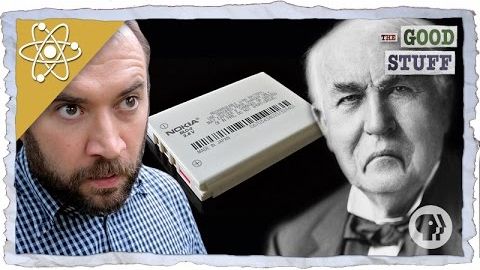為什麼我們需要一場儲能革命? (Why We Need A Revolution In Energy Storage)
songwen8778 發佈於 2021 年 01 月 14 日  沒有此條件下的單字
沒有此條件下的單字- n. (c./u.)大小;規模;魚鱗;比例;等級;標尺
- v.t./i.測量;攀登;魚鱗
- v.i.(歲數等)超過;逾;改變;變成;轉變
- v.t./i.轉彎;轉
- n.(道路)彎;依序;依次;輪流;輪班;(依次輪流時各自的)一次機會;轉變;變化
- v.t.使成形;車削
- n. (c./u.)成品;工作的成果;產品;作品;工作;職業;工作(場所);(工作等的)成果
- v.t./i.起作用;行得通;運轉;運作;運行;活動;起作用;有效用;(機器等)運轉;活動
- adj.工作相關的
US /dɪˈvɛləp/
・
UK /dɪ'veləp/
- v.t./i.詳盡闡述;建立;打造;(使)成長;發展;沖洗(底片);罹患;產生;培養;發展

